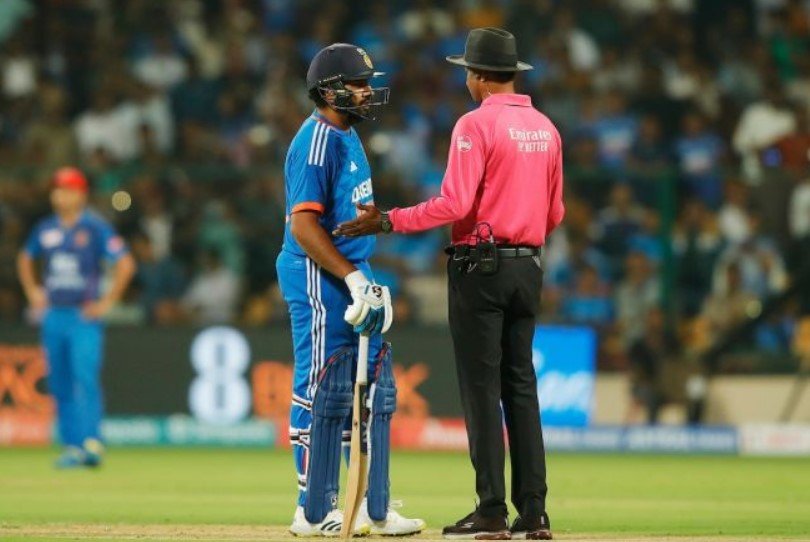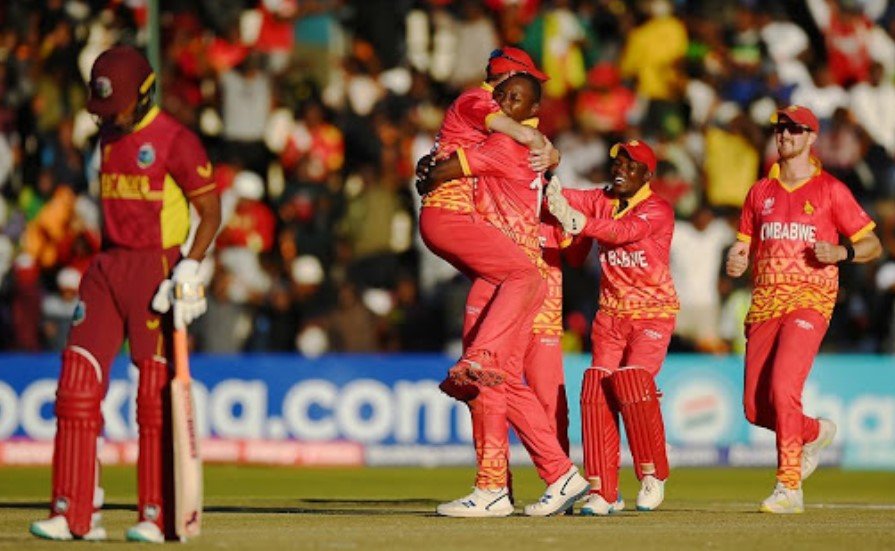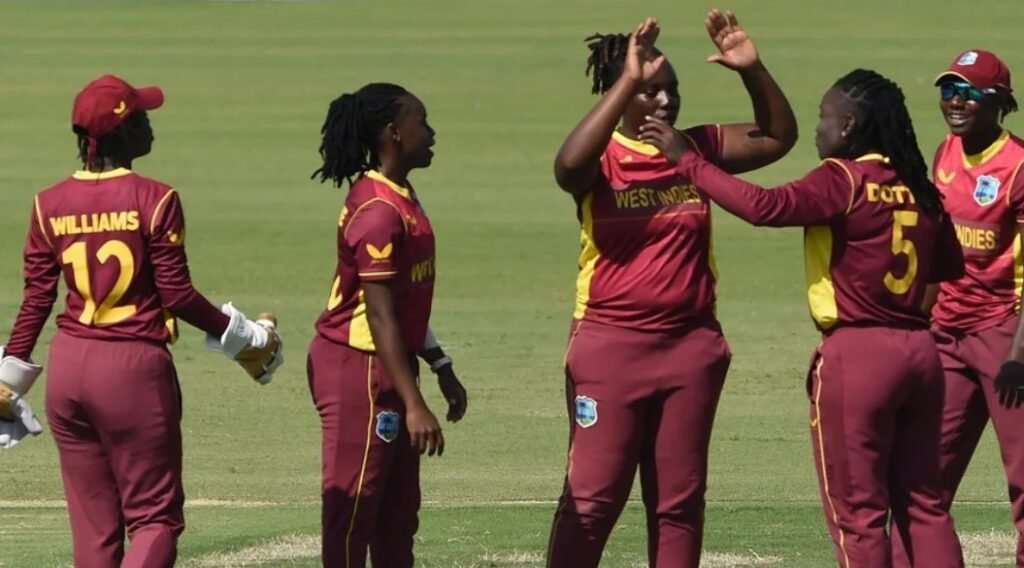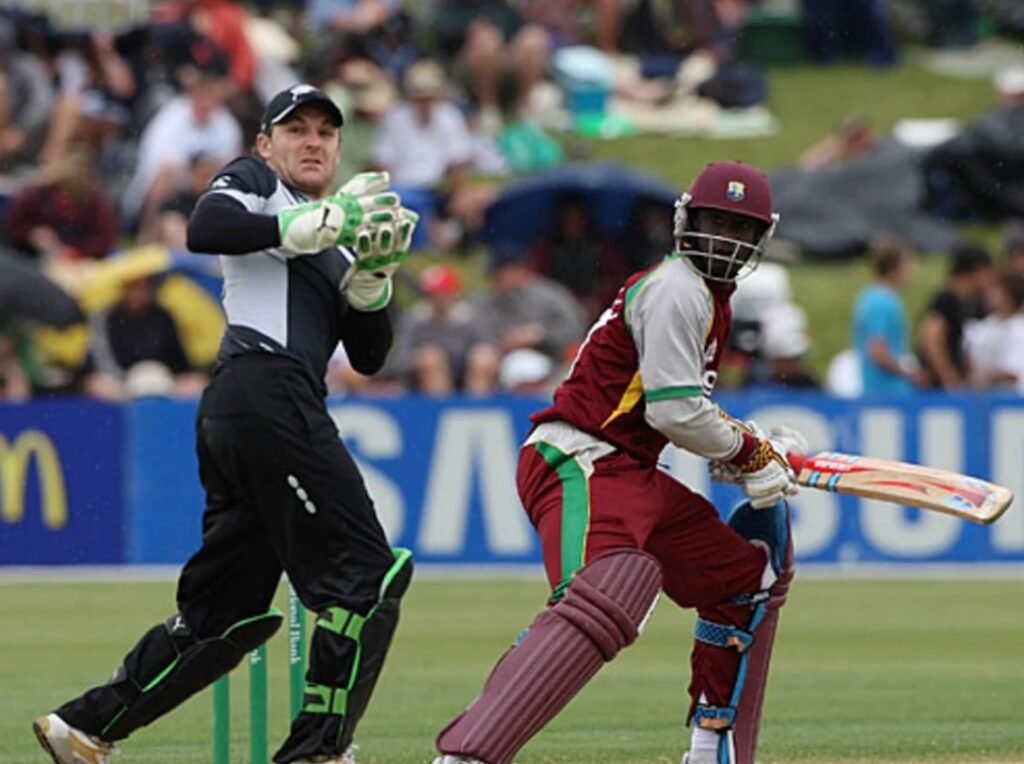A super over is used to determine the winner in limited overs cricket matches that end in a tie. It’s a one-over contest that allows teams to battle for victory when regular play doesn’t result in a winner.
Before 2008, tied T20I matches were decided by a bowl-out, as seen in the famous 2007 T20 World Cup match between India and Pakistan. However, the super over soon replaced the bowl-out, becoming a fan-favorite.
In One-Day Internationals (ODIs), the super over was introduced in the 2011 Cricket World Cup for knockout games, but it wasn’t needed then. The 2019 ODI World Cup final between England and New Zealand became one of the most notable instances of the super over being used to decide a champion. When the final ended in a tie even after the super over, the controversial boundary count-back rule was applied to declare England the winner. This rule has since been changed.
Super overs were also introduced in women’s cricket, starting in the 2017 World Cup and Champions Trophy.
Rules of Super Over

Super overs are now commonly used in domestic T20 leagues like the IPL, BBL, and PSL, even during league-stage matches. The basic rules of the super over are as follows:
- The team with the highest score in six balls wins. If the super over also ends in a tie, more super overs are played until a winner is determined.
- Runs and wickets from super overs don’t count towards players’ career stats.
- The captain of the fielding team selects the ball to be used. The team batting second can either continue with the same ball or choose a different one.
- The team that batted second in the match bats first in the super over, while the fielding team chooses which end to bowl from.
- There is a five-minute break between super overs.
- Each team picks three batters for the super over. If two wickets fall, the batting team’s innings ends.
- A bowler can’t bowl two consecutive overs in super overs. Similarly, if a batter is dismissed, they can’t bat again in following super overs unless they were retired out.
- If a super over cannot be played for any reason, the match is declared a draw.
ALSO READ: Top 5 ISL Transfers for the 2024-25 Season
Top Scores in Super Overs
Netherlands vs West Indies, 2023 | 30/0 (ODI)

In a thrilling game during the 2023 ICC World Cup qualifiers in Zimbabwe, the Netherlands shocked everyone by scoring 30 runs in a super over against the West Indies. After tying the match with a massive chase of 374 runs, Logan van Beek smashed three boundaries and three sixes in the super over to set the highest super over score in international cricket. The West Indies could only manage eight runs in response.
West Indies Women vs South Africa Women, 2022 | 25/0 (ODI)

The West Indies women’s team recorded the second-highest super over score in an ODI against South Africa in 2022. After both teams tied with low scores, West Indian batters Deandra Dottin and Hayley Matthews scored 25 runs in the super over. South Africa fell short with only 17 runs in reply.
West Indies vs New Zealand, 2008 | 25/1 (T20I)

In 2008, the West Indies held the record for the most runs in a super over in a T20I. During a match against New Zealand, Chris Gayle single-handedly scored 25 runs off Daniel Vettori’s bowling in six balls. New Zealand managed only 15 runs in response, losing two wickets and the match.
| Winning Team | Losing Team | Runs | Format |
|---|---|---|---|
| Netherlands | West Indies | 30/0 | ODI |
| West Indies Women | South Africa Women | 25/0 | ODI |
| West Indies | New Zealand | 25/1 | T20I |
| United States | Canada | 22/1 | T20I |
| India | New Zealand | 20/0 | T20I |
READ MORE:


